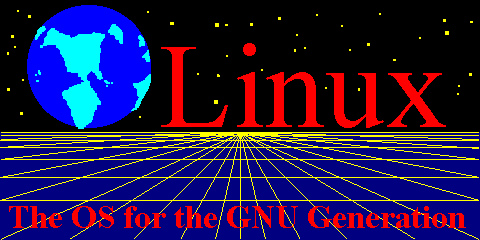

UNIX is a real operating system, which means it is a multiuser, multitasking system. In a multiuser, multitasking system more than one person can access the computer at the same time and each person can run multiple applications. UNIX was originally designed in the 1970s to run on mainframes and minicomputers and to be such a multitasking system.
With UNIX, each user logs in using a login name and a recommended password. The password ensures that the person logging on is really who they claim to be. Also, each computer has a hostname, and, if the computer is attached to a network, a domain name and IP address and possibly several other identifying items.
UNIX will run on almost all the platforms available. Many computer manufactories purchased the source code and developed their own versions. UNIX uses IEEE POSIX. 1 standard.
Because UNIX was originally developed for mini and mainframe computers,
it is big. It is also expensive, especially for a PC version. On the contrary,
Linux is small, fast, and inexpensive.
Linus Torvalds, a student at the University of Helsinki in Finland, originally created Linux at the end of 1991. It was based on minix, a small PC implementation of UNIX. The source code was made freely available and others were encouraged to develop it further. Linux continues to be developed today over the Internet.
The current version of Linux is 2.0. Linux has not taken any code
from AT&T or any other copyrighted source. Much of Linux's software
was developed by the Free Software Foundation's GNU
project. Linux, therefore, is free.
Reasons for adopting Linux include:
1. Compatibility between personal machines
at home and machines at work.
2. The ability to perform traditional UNIX
operations, such as running a web server.
3. It requires little memory.
Linux is a portable operating system and, as such, can run on many different
machines. Linux is a portable OS because it is predominantly written
in the C programming language.
MultiuserKernel Programming Interface
Linux systems can support from 1 to 1000 users, with each user each multitasking.Full multitasking
Unlike Windows 95, Linux is a full multitasking system, and each user can run a different set of programs and use all of the system resources simultaneously.Virtual memory
Linux can use a portion of the hard drive as virtual memory, which increases the efficiency of the system by keeping active processes in RAM and placing less frequently used or inactive portions on disk. Virtual memory doesn't allow memory segmentation to occur by utilizing all the system's memory.The X Window System
The X Window System is a GUI (graphical user interface) system for UNIX machines. This powerful interface is much easier to use than command line interfaces, supports many applications, and is the standard interface for the industry.Built-in networking support
Linux uses standard TCP/IP protocols. Network File System (NFS) and Network Information Service (NIS) are two of these. Use of an Ethernet card or modem can access the Internet.Shared libraries
Each application, instead of keeping its own copy of software, shares a common library of subroutines that it can call at runtime. This saves a lot of hard drive space on the system.Compatibility with the IEEE POSIX. I standard
Linux supports UNIX standards because it is IEEE POSIX. I compatible.Nonproprietary source code
The Linux kernel has not taken code from any copyrighted source. Many individuals, organizations and the Free Software Foundation GNU project have developed software for Linux.Lower cost than most other UNIX systems and UNIX clones
Linux can be freely downloaded from the Internet!GNU software support
Software available free through the Free Software Foundation GNU project can run on Linux, from application development (GNU C++) to system administration, to games.
Hierarchical
File System with Built-in Security
Like Windows,
the Linux file system provides a structure where files are arranged under
directories
which can hold other files and directories.
Shell
The shell acts
as an interface, or channel, between users and the operating system.
The shell
interprets the
command from the user and calls the program. There are many popular shells
available, such
as the Korn Shell, the Bourne Again Shell, the TC Shell, and Z Shell.
Multiuser systems
may have a number of different shells in use at any given time.
The shell can
be used as a high-level programming language.
- Filename Generation
Patterns instead of complete filenames can be typed in, and the shell will expand them into matching filenames.
A Large Collection of Useful Utilities
- Device-independent Input and Output
Because input and output are device-independent, in Linux they can be redirected from any machine.
- Shell Functions
The shell is an interpreter, which allows the user to write shell functions that the shell will hold in memory in order to save interpreting time.
- Job Control
The shell allows for multitasking.
System Administration
The responsibilities of the system administrator include system set up, installing software, backing up, restoring files, and managing system facilities.
1. Number of hard drives, and determine the primary hard drive
2. Size of each hard drive
3. RAM memory
4. Interface type, make and model of the CD-ROM
5. The make and model of the SCSI adapter
6. The type of mouse, its button numbers. If it's a serial mouse, the COM port connected to
7. The make and model of the video card and its RAM
8. The make and model of the monitor, and its allowable range of horizontal and vertical refresh rate
9. If the computer is connecting to a network
A Practical Guide to LinuxLinux Information From The United Kingdom
Linux V.2.0 Information Headquarters